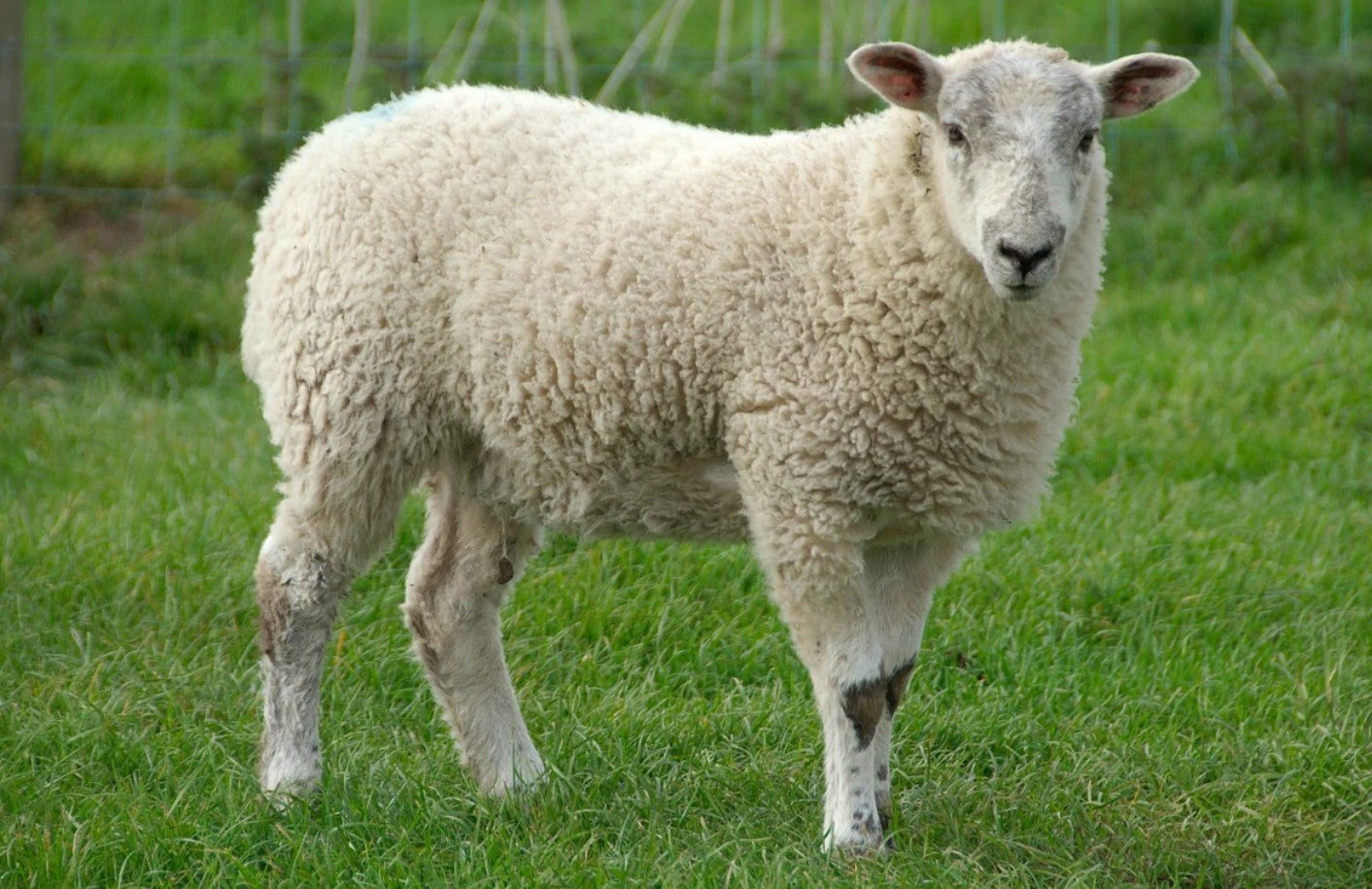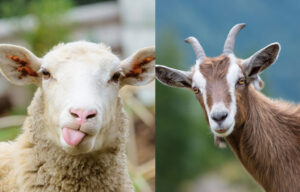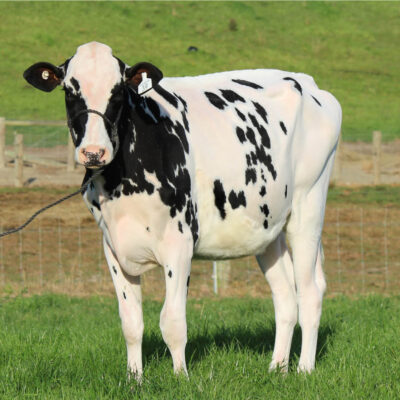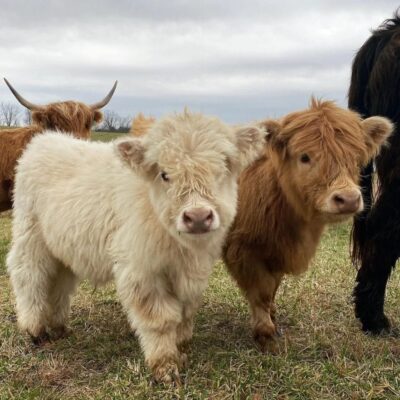Description
Sheep Goat for Sale
Sheep and goats are popular livestock animals raised for their wool, hair, milk, and meat. When purchasing sheep or goats, consider factors such as breed, age, health status, and purpose (e.g., wool production or meat). Ensure the animals come from reputable breeders to guarantee quality.
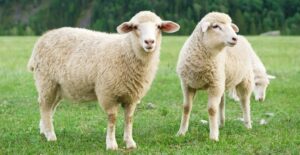
Sheep-Goat Chimera
A sheep-goat chimera is a genetic combination created in laboratories by merging cells from both species. While sheep and goats cannot naturally interbreed due to differences in chromosome count (sheep have 54 chromosomes, goats have 60), scientists have successfully produced chimeras for research purposes. These chimeras exhibit traits from both species but are not fertile.
Sheep Goat Characteristics
Appearance
-
Sheep have thick wool coats that require regular shearing; goats produce mohair or cashmere but typically have smoother coats.
-
Most goats have horns, while many sheep breeds do not.
-
Sheep tails hang down and are often docked; goat tails point upwards.
Behavior
-
Goats are independent, intelligent, and curious; they graze on a variety of plants.
-
Sheep are flock-oriented, prefer grass, and tend to run when startled.
Terminology
-
Male sheep: Ram; female sheep: Ewe; young sheep: Lamb.
-
Male goat: Buck/Billy; female goat: Doe/Nanny; young goat: Kid.
Goat vs Sheep
Goats and sheep share similarities as domesticated livestock but differ significantly:
-
Diet: Goats eat a wider variety of plants, while sheep primarily graze on grass.
-
Social Behavior: Sheep prefer staying in flocks; goats are more independent.
-
Physical Traits: Sheep have woolly coats and downward tails; goats have smoother coats and upward tails.
What Are 5 Differences Between Sheep and Goats?
-
Coat: Sheep produce wool; goats produce mohair or cashmere.
-
Horns: Most goats have horns; many sheep breeds do not.
-
Tail Position: Sheep tails hang down; goat tails point up.
-
Behavior: Sheep are flock-oriented; goats are independent.
-
Diet: Goats eat diverse plants; sheep primarily graze on grass13.
Difference Between Sheep and Goats Biblically
In biblical texts, sheep symbolize followers of God who remain loyal to His teachings, while goats represent those who stray from His path. This distinction is most notably referenced in Matthew 25:31-46, where sheep are associated with righteousness and eternal life, while goats signify judgment1.
Male Sheep
A male sheep is called a ram. Rams are known for their strength and distinctive horns (in horned breeds). They play a crucial role in breeding programs to maintain flock genetics.
5 Characteristics of Sheep
-
Flock-oriented behavior.
-
Thick wool coats requiring regular shearing.
-
Grazing preference for grass.
-
Tendency to run when spooked or approached.
-
Docile temperament suited for domestication.
Lamb vs Sheep vs Goat
-
Lamb: A young sheep under one year old.
-
Sheep: A mature animal raised for wool or meat production.
-
Goat: A separate species known for its versatility in grazing and producing milk or fiber like cashmere.
By understanding these distinctions and characteristics, you can make informed decisions about raising or purchasing these animals while appreciating their unique traits.

